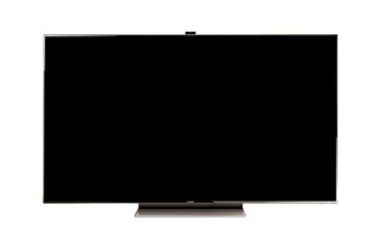Tips to Performing a Sound Check
Performing a sound check before the party starts is essential for two reasons. First of all, you want to have the opportunity to make sure that all the microphones and outputs are working properly and are connected effectively. Secondly, you want to have a chance to set the levels and tone balance of the equipment so that the music being played is enjoyed at a comfortable level for the audience.
After all the equipment has been properly connected, a sound check can start.
Power Up and Down
Prior to powering up your sound, make sure that all the volume knobs and faders are turned all the way down, or closed altogether.
When powering up, go right from the source of the output. Fire up the equipment in this sequence:
Controller
Music source
DJ mixer
Speakers
Amplifier
Performing the Actual Sound Check
The sound check process is really rather simple. Start a playback on a long track in your DJ software, and put the channel fader on to maximum. Put the volume up to a decent level (somewhere between 50 to 70 percent). If you’ve got a PA mixer, put the controller master output to about 50 percent, then move on to the PA mixer. Set the input gain of the mixer channel, and slide the channel fader of the PA mixer to the maximum position. Then turn up the master output volume of the mixer, and you should start hearing some sound. Turn it up to a decent listening volume.
Louder isn’t always better
One of the most common mistakes that newbie DJs will make is assuming that the louder the music, the better for entertaining guests. While loud music is helpful, getting to the point where it is too loud will simply distort the music and make it sound too harsh to listen to. Sound-checking is a step taken for a reason – to prepare for the party that’s to come.
If you run a sound check at a loud volume setting in an empty room, all that sound will come rushing back to the stage. Sound-checking may be more effective when it is done somewhere between 50 to 70 percent of show volume. This is loud enough for DJs to get a classic balance, and to get an idea of the what the show will be like when the room is filled with party-goers.
Listen to the sound from the middle of the venue, then adjust at the mixer accordingly. If there are more than one sound sources (such as CD players, microphones, etc), you’ll have to do the same with these as you just did on your PA mixer. Begin with the input gain setting, then move onto the channel fader and move it up to the point that it is fine with the sound of your controller, then do some equalizing.
Unless it’s absolutely necessary, try to resist the urge to fiddle with the EQ of the PA mixer once your show goes live. Try to stick only to controlling the volume level on the master output of the PA mixer, which will most likely have to be adjusted as more and more people start showing up to the event.

